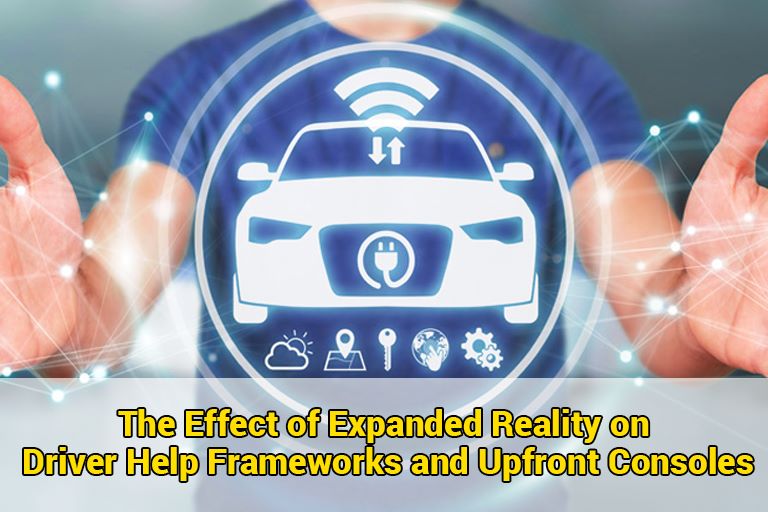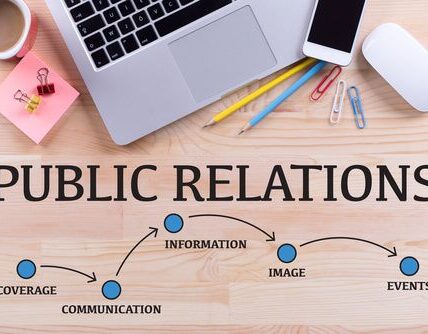The Effect of Expanded Reality on Driver Help Frameworks and Upfront Consoles
Headways in innovation have upset the car business, improving well-being and giving a more vivid driving experience. One such advancement is the mix of increased reality (AR) into driver help frameworks (DAS) and upfront consoles (HUD). Increased reality overlays virtual data onto this present reality climate, offering driver’s ongoing information and obvious prompts that advance situational mindfulness and independent direction. In this article, we will investigate the effect of expanded reality on DAS and HUD, talking about its advantages, difficulties, and future possibilities.
- Enhanced Well-being and Situational Mindfulness
Increased reality fundamentally improves driver security by giving significant data straightforwardly inside the driver’s field of view. Front and center consoles project basic information, like speed, route guidelines, and traffic signs, onto the windshield, taking out the requirement for drivers to turn away from the street. This element permits them to keep up with the center while getting to fundamental data, lessening interruption and the gamble of mishaps.
- Enhanced Route and Way Finding
Expanded reality upgrades route frameworks by giving instinctive obvious signals overlaid onto this present reality view. AR-based HUDs can show constant headings, path direction, and forthcoming street signs, making routes more instinctive and diminishing the possibilities of missed turns or unexpected path changes. Also, increased reality can integrate live traffic data, recommending elective courses and making drivers aware of blocked regions, further advancing travel time and limiting disappointment.
- Improved Driver Help Frameworks
Driver-help frameworks, like path takeoff admonitions, crash evasion, and versatile voyage control, benefit from an increased reality mix. AR-based DAS can project virtual markers, similar to shaded lines or symbols, onto the windshield to feature path limits, forthcoming turns, or items identified by sensors. These obvious signals give a more instinctive comprehension of the framework’s criticism, assisting drivers with answering successfully and moderating the possibilities of crashes or unexpected path takeoffs.
- Challenges and Contemplations
While increased reality holds colossal potential for further developing driver help frameworks and up-front consoles, a few provoke should be tended to. One urgent thought is limiting data over-burden. Showing an excessive amount of data or ineffectively planned viewable signs can overpower the driver and lead to interruption. Finding some kind of harmony between pertinent data and effortlessness is fundamental to guarantee that expanded reality stays a well-being upgrading device.
- Future Possibilities
The fate of expanded reality in driver-help frameworks and front-and-center consoles is promising. As innovation propels, we can expect more refined AR-based highlights to upgrade the driving experience. For example, expanded reality can be utilized to make virtual straightforward perspectives, permitting drivers to see through hindrances or envision stowed-away street conditions, further developing security in complex driving situations.
- Customizable and Customized Points of interaction
Expanded reality considers adaptable and customized interfaces in driver help frameworks and upfront consoles. Drivers can pick the particular data they need to see and the way things are introduced. For instance, they can choose the size, variety, and position of the increased reality components on the windshield or dashboard, fitting it to their inclinations. This adaptability guarantees that the data is shown in a manner that is generally helpful and agreeable for individual drivers, upgrading their driving experience.
- Training and Instruction
Expanded reality can assume a critical part in driver preparation and schooling. By integrating AR into driving test systems, new drivers can acquire commonsense involvement in a controlled climate. AR overlays can give continuous input on driving procedures, street signs, and likely dangers, assisting students with creating fundamental abilities and great driving propensities. Besides, AR-based preparation can reproduce different driving situations, including testing weather patterns or high-thickness traffic and planning drivers for assorted genuine circumstances.
- Integration with Vehicle Diagnostics
Expanded reality can incorporate vehicle diagnostics frameworks, furnishing drivers with continuous data about their vehicle’s status. By overlaying pertinent information, for example, motor temperature, fuel levels, or tire pressure, straightforwardly onto the HUD, drivers can screen the well-being of their vehicle without redirecting their consideration from the street. This reconciliation upgrades vehicle upkeep, further develops productivity, and forestalls breakdowns by making drivers aware of possible issues on time.
- Augmented Reality for Independent Vehicles
As independent vehicles become more pervasive, increased reality can act as a specialized device between the vehicle and the tenants. AR connection points can show data about the vehicle’s goals, for example, impending turns or path changes, making the driving experience more straightforward and justifiable. Travelers can likewise profit from increased reality, as it can give amusement or data overlays during the excursion, upgrading their general insight.
- Ethical Contemplations and Guidelines
Likewise, with any innovation that influences the driving experience, there are moral contemplations and the requirement for appropriate guidelines. Expanded reality ought to be planned in a manner that focuses on well-being, limiting interruptions and data over-burden. Guidelines ought to be laid out to characterize the passable utilization of expanded reality in vehicles, guaranteeing that it doesn’t think twice about security. Cooperative endeavors between innovation engineers, car producers, policymakers, and street security associations are important to lay out rules and norms for the dependable mix of expanded reality in driver help frameworks and front and center consoles.
- Augmented Reality for Prescient Investigation
Increased reality can use prescient examination to improve driver-help frameworks. By joining continuous sensor information with verifiable and logical data, AR-based frameworks can expect likely dangers or occasions out and about. For instance, by utilizing AI calculations, increased reality can anticipate the way of behaving of different vehicles or people on foot, making drivers aware of possible dangers before they happen. This proactive way to deal with well-being can fundamentally diminish the probability of mishaps and further develop general street security.
Conclusion:
Increased reality’s effect on driver help frameworks and front and center consoles goes past well-being and accommodation. Its true capacity for prescient examination, gamification, diversion, coordinated effort, and combination with savvy foundation holds monstrous commitment for the eventual fate of driving. Be that as it may, as these advancements keep on developing, finding some kind of harmony between advancement and safety is fundamental. Expanded reality should be created and carried out capably, focusing on street security and driver prosperity. With cautious thought and progressing headways, expanded reality will without a doubt reshape the driving experience, making it more secure, more pleasant, and profoundly associated.
Read more.. The Significance of Emotional Well-being Mindfulness in The present Society
Read more.. How to calculate your net worth and why it matters.





